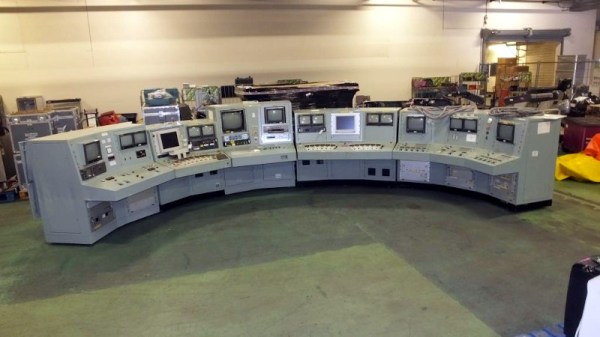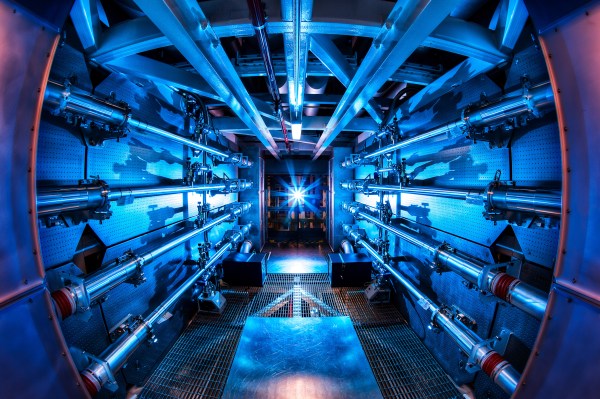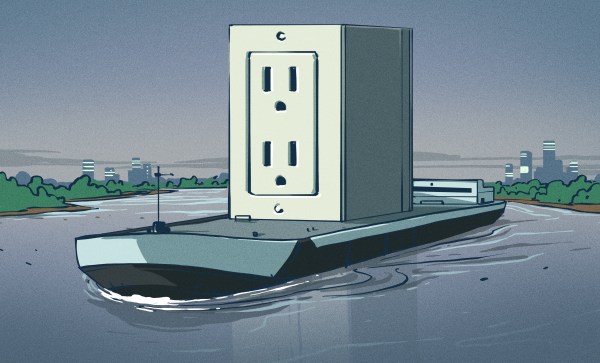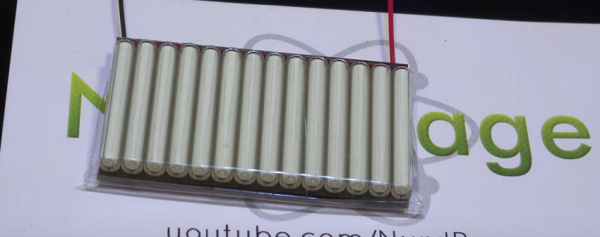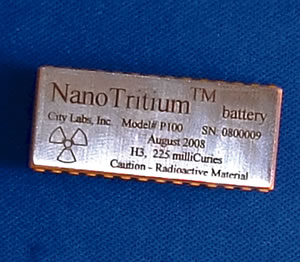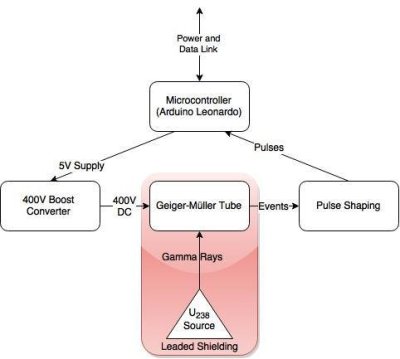Doing the rounds today is an interesting lot in an otherwise unexciting industrial dispersal auction in Lincolnshire, UK. On sale is an “Ex nuclear plant reactor control/monitoring system“, at the time of writing attracting the low low bid of £220 ($270), but we guess it will rise. Everyone who has watched Chernobyl (or maybe The Simpsons) is now gazing awestruck at a crescent of metal consoles covered in screens, buttons, and joysticks just waiting for a staff of white-coated technicians to pore over them.
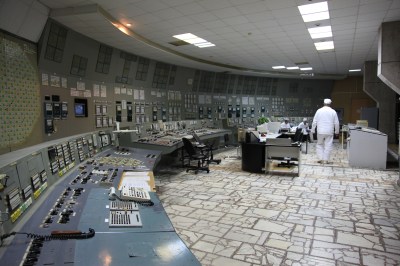
British civilian nuclear plants have tight security but they are hardly a secret, so plenty of photos are online showing their interiors. And in studying those we hit a problem, this panel doesn’t resemble any of the control panel images we can find. The first generation of Magnox (Magnetic Oxide Magnesium Non Oxidising) plants had panels covered in analogue dials and chart recorders so it’s unlikely to be one of those. The second-generation AGR (Advanced Gas-cooled Reactor) stations had similarly complex panels, and it’s evidently not one of them.
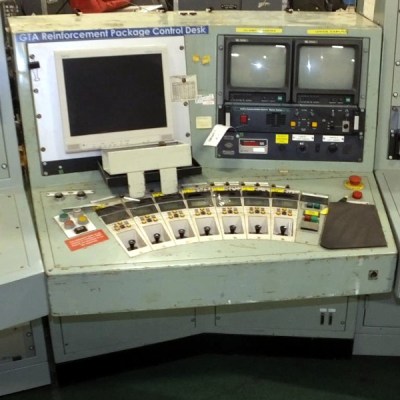 Looking closely at the photos it becomes apparent that there are a lot of camera controls and monitors, and even what looks like a uMatic video recorder. It’s definitely nuclear-related and the 1980s look of it suggests maybe it could have come from an Advanced Gas-Cooled Reactor (AGR) station, but could it be a little closer to Sector 7G than the centre of the action? Is it a video monitoring console used to keep a physical eye on its operation?
Looking closely at the photos it becomes apparent that there are a lot of camera controls and monitors, and even what looks like a uMatic video recorder. It’s definitely nuclear-related and the 1980s look of it suggests maybe it could have come from an Advanced Gas-Cooled Reactor (AGR) station, but could it be a little closer to Sector 7G than the centre of the action? Is it a video monitoring console used to keep a physical eye on its operation?
Be careful if you bid, you could end up with a rather cool but absurdly large 1980s CCTV system. Can any of our readers shed any light on the matter?
Thanks [Gregg “Cabe” Bond] for the tip.

